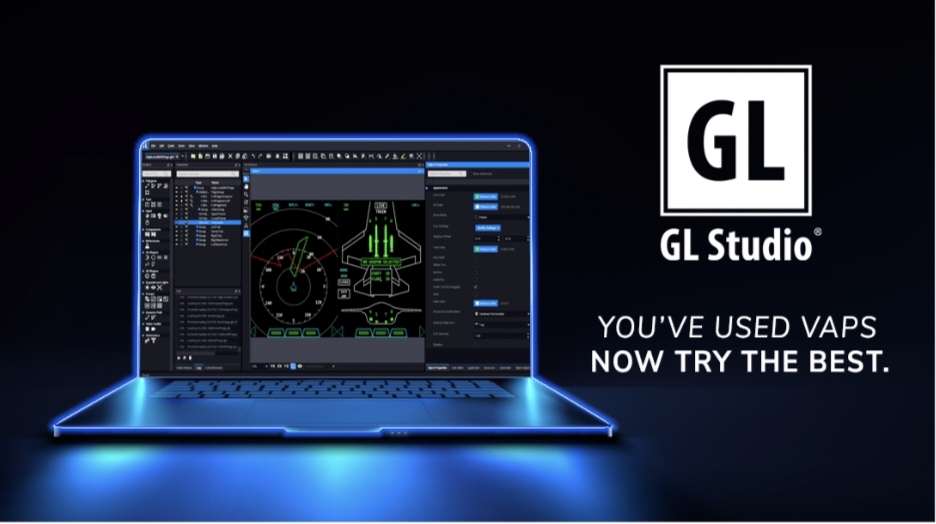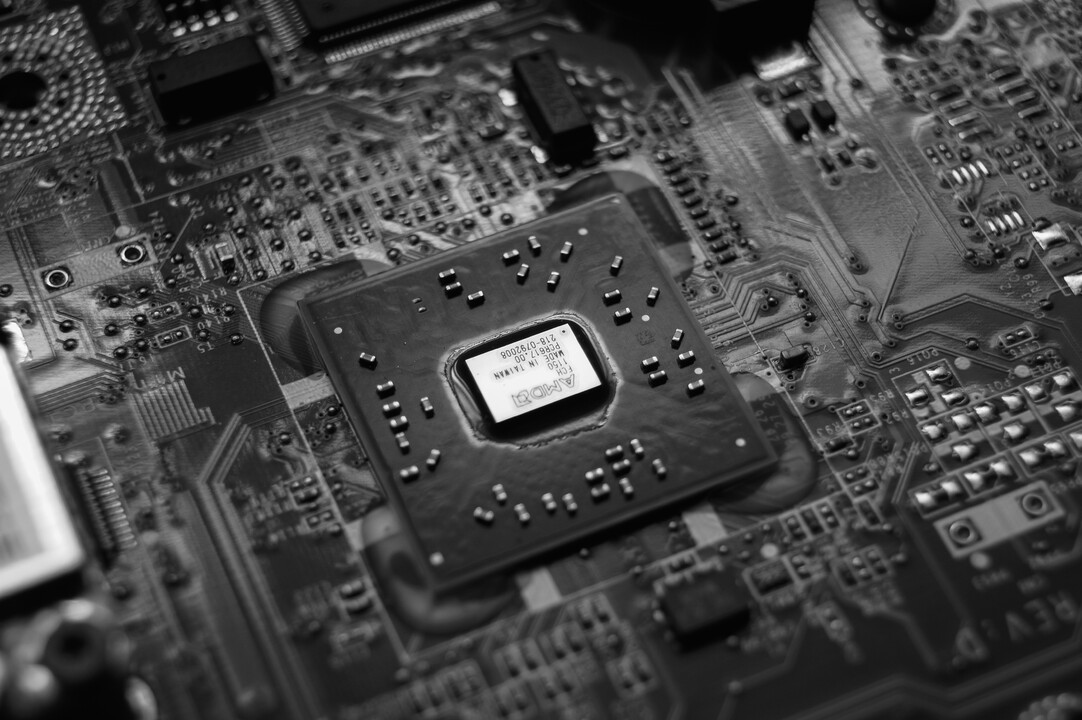Solar power is a revolutionary source of energy that has been gaining popularity all over the world. From powering homes to entire cities, this renewable energy source has proven to be both efficient and sustainable. But did you know that solar power has also revolutionized robotics? In this article, we will delve into the world of solar-powered robotics and explore how these innovative creations are changing the game in various industries.
In this article:
- We’ll explore the development and impact of solar-powered robots, showcasing how they’ve begun to transform industries by performing tasks in environments where traditional energy sources fall short.
- Insights into the environmental benefits of using solar energy in robotics, including reduced carbon footprints and sustainable energy consumption, will be highlighted.
- Real-world applications and case studies in action will be examined, from agricultural drones to autonomous environmental monitoring robots, illustrating the practical and innovative uses of these sun-powered machines.
What are Solar-Powered Robotics?
As the name suggests, it refers to robots that are powered by solar energy. These robots utilize photovoltaic (PV) cells, which convert sunlight into electrical energy, allowing them to function independently without relying on external power sources. This makes it ideal for remote or off-grid locations where access to traditional power sources may be limited.
The Advantages
Solar-powered robotics herald a new era of innovation, demonstrating not only technological prowess but also sustainability. By harnessing the sun’s energy, these robots serve as a testament to the unlimited potential of renewable energy in the world of technology. They are a prime example of how we can intertwine technology and sustainability, reaping the benefits of both while minimizing environmental impact. This is particularly important in our current context, where the prospect of climate change necessitates a shift towards more sustainable practices across all sectors, robotics included. Let’s delve into the numerous advantages that these robotics bring to the table.
- Energy Efficiency: They are remarkably energy-efficient. They draw energy directly from sunlight, a renewable source that is free and virtually inexhaustible. This significantly cuts down on the energy costs associated with running and maintaining the robots.
- Environmental Sustainability: By harnessing solar power, these robots reduce their reliance on fossil fuels, thereby minimizing greenhouse gas emissions. This makes them a green alternative that aligns with global climate goals.
- Reliability: They are reliable, especially for tasks in remote or off-grid locations. Sunlight is a pervasive energy source, making it possible for these robots to operate in almost any geographical location.
- Autonomy: As these robots do not require frequent recharging from an external power source, they boast a high degree of autonomy. This makes them particularly useful for tasks that require prolonged operations.
- Low Maintenance: They require minimal maintenance. The PV cells used to convert sunlight into electricity have a long lifespan and do not wear out easily, reducing maintenance costs.
- Innovation Potential: The integration of solar power into robotics opens up a wealth of innovation opportunities. It encourages the development of more sophisticated models that can leverage solar energy more efficiently.
- Versatility: They can be designed and programmed for a variety of tasks. From agricultural duties to surveillance, the possibilities are endless.
- Safety: These robots are safe to operate. As they do not require a connection to the grid, there are no cables or wires that could pose a safety risk.
- Operational Cost Savings: The minimal maintenance and energy costs translate into substantial operational cost savings over time.
- Promotion of Renewable Energy: By utilizing solar power, these robots contribute to the promotion and adoption of renewable energy, propelling us closer to a sustainable future.
- Uninterrupted Operations: Unlike robots powered by traditional energy sources, they aren’t affected by power outages. They can continue operating as long as they have sunlight, ensuring uninterrupted service.
- Reduced Dependence on Grid Energy: By using renewable energy, these robots contribute to reducing the overall demand for electricity from the grid. This is crucial, especially in regions where energy infrastructure is insufficient or unreliable.
- Potential for Off-grid Deployment: With their self-sustaining energy source, they can be deployed in remote or inaccessible areas, where power lines might not reach. This makes them a valuable asset in fields like wildlife monitoring, research, and search and rescue missions.
- Promotion of Technological Advancements: The trend encourages further advancements in the field of renewable energy technologies and the development of more efficient and high-capacity solar panels.
- Long-Term Investment Benefits: Although the initial investment can be higher, the long-term benefits, such as reduced operational costs and minimal maintenance, make them a cost-effective solution in the long run.
Applications
These robotics have found their way into numerous industries, bringing with them innovative solutions to long-standing problems. In the agricultural sector, these robots are used for tasks such as planting, watering, and harvesting crops. These robots can operate autonomously, reducing the need for manual labor and increasing efficiency.
In construction, they are being used for tasks like bricklaying, welding, and painting. These robots can work with precision and speed, reducing the time and cost of construction projects while also ensuring a higher level of quality.
They are also making their mark in the disaster response sector. These robots are equipped with sensors and cameras that can assess damage and provide valuable data to aid in rescue efforts. They can also be used for search and rescue missions, especially in areas where access may be limited or dangerous.
The Future
The potential is vast, and researchers and engineers are continuously exploring new ways to utilize this technology. Some of the areas being explored include space exploration, healthcare, and transportation.
In space exploration, they can play a crucial role in collecting data about other planets and their environments. They can also be used for maintenance tasks on space stations or even for building structures on extraterrestrial surfaces.
In healthcare, they can assist with tasks such as patient care, medication delivery, and surgery. These robots can operate autonomously, freeing up healthcare professionals to focus on more critical tasks.
Transportation is also a possibility with the advancements in technology. Solar-powered cars and buses have already been developed and are being used in certain areas, reducing emissions and promoting sustainability.
Conclusion
As we’ve explored throughout this article, solar-powered robotics are not just a fascinating concept but are rapidly becoming an integral part of numerous industries. Whether it’s in agriculture, construction, disaster response, space exploration, healthcare, or transportation spheres, these sustainable creations are paving the way for a more efficient, cost-effective, and environmentally friendly future. It’s crucial to stay informed about these innovative advancements, and Into Robotics is an excellent resource for that purpose. Bringing you the latest technology news, tutorials, and reviews, Into Robotics can help you stay updated on the dynamic world of robotics and beyond. As we anticipate the further evolution of this field, we can confidently assert that the brilliance of solar-powered creations is indeed a game-changer.




